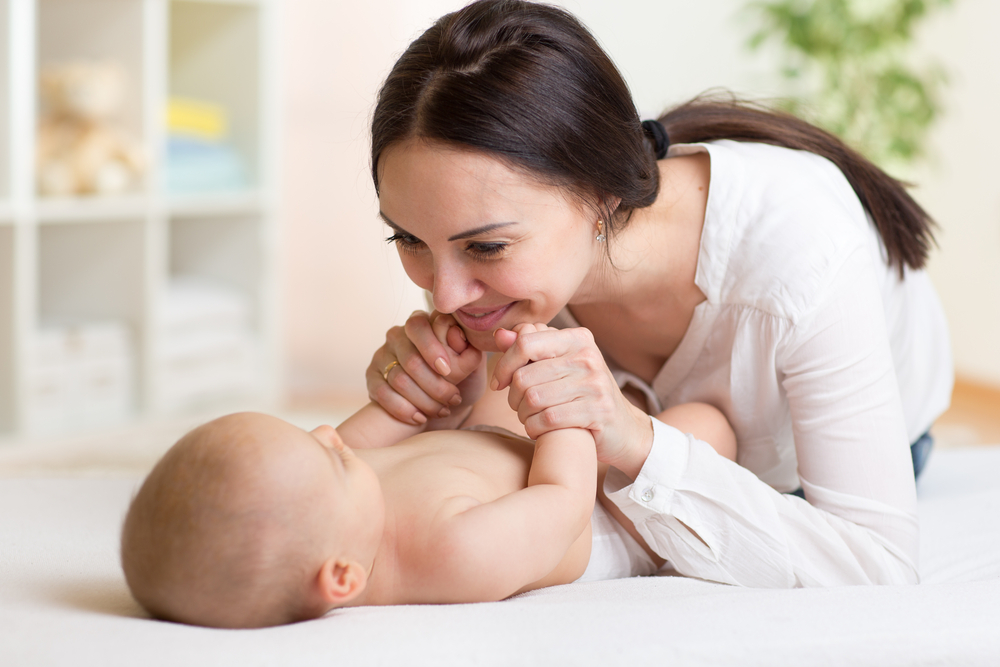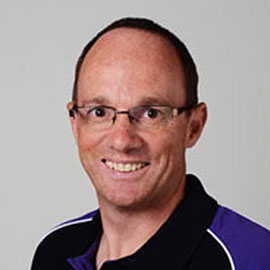The sense of touch is one of the most important ones for a baby. As a Massage Therapist, you can use this to improve your baby’s mood and well-being, as well as to develop stronger bonds with your baby. Learning to massage your child isn’t difficult, and you’ll probably enjoy the opportunity to bond with your baby as much as they enjoy their massage.
BENEFITS OF BABY MASSAGES
Babies can benefit from massage in many ways, just as adults do. Just holding your baby can sooth him or her, and a massage can be particularly comforting, reducing crying and fussiness. Massage can help your baby have a more peaceful sleep, alleviate their constipation and colic, stimulate their central nervous system, and promote the production of feel-good chemicals such as serotonin, to improve relaxation.
Regular massages can support your baby’s mental, social, and physical development, as well as improving circulationand keeping your baby’s skin in good condition. Other positive effects of massages include boosting their emotional well-being and strengthening the parent-child bond.
THE BEST TIME TO MASSAGE YOUR BABY
Generally the best time can be any time during the day between feeds, when your baby isn’t too full or too hungry. Your baby should be awake, settled, and not sleepy, so avoid starting a massage before naptime. Make sure your baby is not fussing, as massaging a fussing baby can lead to overstimulation.
Look out for when your baby is settled, content, and relaxed, yet alert and interested, perhaps after a nap. You can then make it part of your child’s daily routine, perhaps before their bath or bedtime feed. A massage session before bedtime can help your baby relax and calm down in preparation for sleep.10 or 15 minutes of massage time before bed could be all youneed to provide your baby with all the benefits of a massage.
WHAT YOU’LL NEED
You don’t need anything fancy or complicated to massage your baby. However, do make sure you have a quiet, warm space and a suitable cream or massage oil that is made for baby’s sensitive skin.
QUIET SPACE
Choose a space without draughts and with good temperature control. The room should be around 24 degrees celsius, which will be warm enough for your baby. Make sure the room is quiet and free from distractions. If you’d like, keep the door shut to make sure pets can’t interrupt you, and turn off your mobile phone. You can play some relaxing music on low volume.
MASSAGE OIL OR EMOLLIENT CREAM
Using oil or cream helps you to give your baby a smooth massage experience, making it a more relaxing experience for your child. You can use a baby moisturiser, or a medical emollient if your baby has a skin condition such as dry skin or eczema. You can also use a vegetable oil or baby mineral oil for the massage.
If you’re using a vegetable oil, generally it’s best to choose one that’s high in linoleic acid (safflower oil). Before use, always spot test on your baby’s skin to check whether your baby has a reaction to the oil. Oils and products to avoid include mustard oil, unrefined peanut oil, and aqueous cream.
TIPS FOR MASSAGING YOUR BABY
HOW TO GET STARTED
Strip your baby down to their nappy to get started, and lay your child face up on a soft blanket or towel. Make sure your baby’s head is supported with a pillow. Take your baby’s hands in yours and rub their palms, checking that they are receptive and calm.
Use firm and even strokes to massage your baby, and make sure you’re not pushing too hard. Always watch your baby and be alert to any signs of discomfort or upset. If your baby doesn’t enjoy it, stop immediately.
FEET
You can start with the massage if you see your baby is tuned into you and your movements. Start with your baby’s legs and move up the body. Put a few drops of oil or cream on your warm hands and start massaging your baby’s soles, using firm but gentle strokes and moving slowly from heel to toe.
LEGS AND ARMS
Move onto the legs using long, smooth strokes, from ankle to thigh and then to the hip. You can also wrap a hand around your baby’s thigh and glide your hands down to the ankle area. Repeat this a few times before moving on to the other leg. Use a similar technique for the arms.
TUMMY AND CHEST
Place both hands flat against the centre of our baby’s body, and spread your hands as you would when you’re flattening the pages of an open book. For the tummy, you can place your hand flat against their navel area, and move in a circular motion as you massage his tummy with your fingertips.
FACE AND HEAD
Use your fingertips to stroke from the middle of their forehead, down along the sides of the face, and press the scalp gently in small circles.
EXPLORING MASSAGE WITH YOUR BABY
Massaging your baby takes a little practice to perfect. As you make it a regular routine, you’ll be able to read your baby’s reaction, and quickly work out how your baby most enjoys being massaged.

